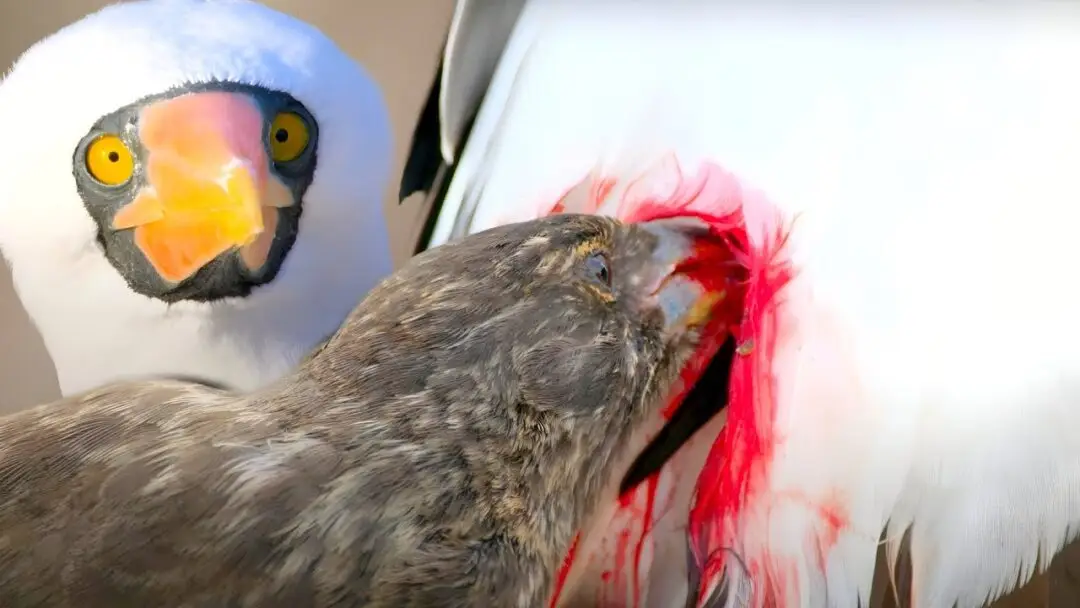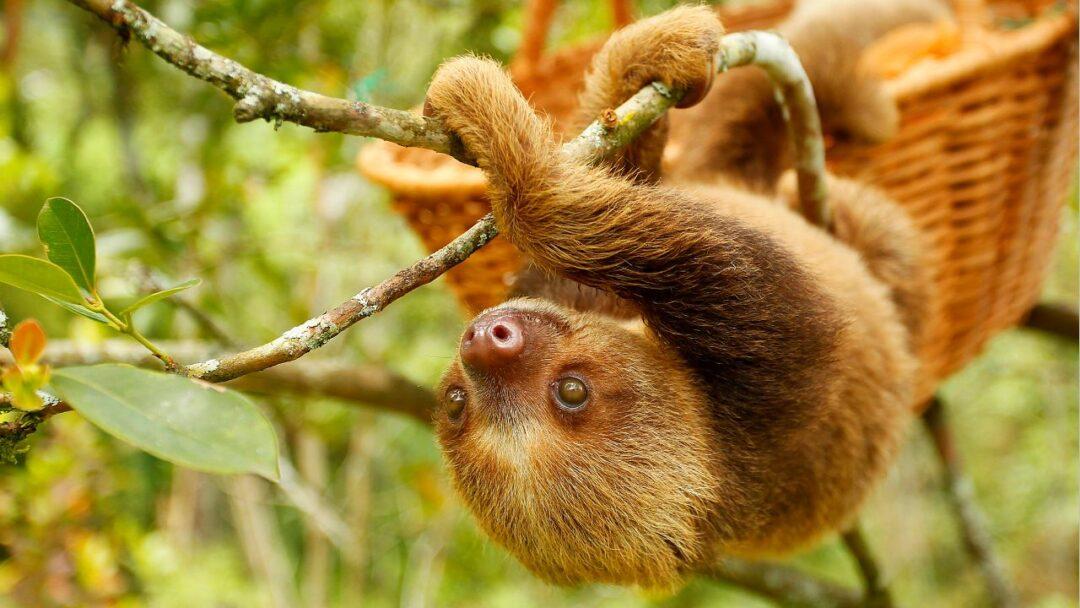Table of Contents

Introduction
Welcome to an enthralling voyage through the world of Hyenas. Hyenas are interesting creatures with distinct features that are sometimes misunderstood and misinterpreted. In this post, we will look at ten fascinating facts about hyenas, such as their various species, intriguing facts, misconceptions, and vital role in the environment.
10 Interesting Facts About Hyenas
- Four Hyena Species: There are four species of hyenas, namely the spotted hyena, brown hyena, striped hyena, and aardwolf. Each species possesses distinct traits and adaptations for survival.
- Excellent Adaptations: Hyenas have evolved incredible adaptations. Their strong jaws and bone-crushing teeth allow them to consume every part of their prey, including bones and hooves.
- Powerful Communication: Hyenas have a wide range of vocalizations, including whoops, giggles, growls, and cackles. These vocalizations play a crucial role in their complex social structure and communication.
- Intelligent Hunters: Hyenas are highly intelligent and skilled hunters. They have a keen sense of smell and can detect carcasses over long distances, even underground.
- Solo and Group Hunters: While spotted hyenas hunt in groups called clans, other species like the striped hyena often hunt alone or in pairs. This diversity in hunting behavior sets hyenas apart from other predators.
- Mysterious Facts: Hyenas have long been associated with mystery and mythology. In certain cultures, they were believed to possess supernatural abilities, such as prophetic powers or the ability to communicate with spirits.
- Eco-Engineers: Hyenas play a vital role as scavengers and help to maintain the balance of the ecosystem. By consuming carrion, they prevent the spread of diseases and recycle nutrients back into the environment.
- Myths and Misconceptions: Hyenas have often been misunderstood and unfairly portrayed as villains in popular culture. Contrary to these misconceptions, hyenas are intelligent, adaptable, and have a complex social structure.
- Social Structure: Spotted hyenas have a matriarchal society, where females are larger and more dominant than males. They exhibit intricate social behaviors and cooperative hunting strategies.
- Powerful Jaws: Hyenas possess one of the strongest bite forces among mammals. Their incredibly strong jaws enable them to crush bones and even break open the shells of large prey.
Mysterious Facts and Myths
Hyenas have a fascinating history that is linked with mythology and mystery. Here are some fascinating facts and beliefs about these amazing creatures:
- In ancient Egyptian mythology, the goddess Nephthys was depicted with the head of a striped hyena, associating the animal with divine powers.
- In some African cultures, hyenas are believed to possess supernatural abilities and are associated with witchcraft and sorcery.
- A common myth about hyenas is that they only scavenge and are incapable of hunting. In reality, hyenas are skilled predators and capable hunters.
Important to Ecosystem
Hyenas play a vital role in maintaining the balance of the ecosystem. Here are a few reasons why they are important:
- Scavengers and Decomposers: Hyenas help keep the environment clean by scavenging and consuming carrion. They efficiently dispose of animal remains, preventing the spread of diseases and recycling nutrients back into the ecosystem.
- Competitive Interactions: Hyenas compete with other predators for food, which helps regulate population numbers and maintain a healthy predator-prey balance.
- Habitat Influence: By consuming bones and tough tissues, hyenas modify their environment, which can impact vegetation and create opportunities for other species.
What are hyenas?
Hyenas are carnivorous mammals that belong to the family Hyaenidae. They are known for their unique appearance and distinctive laughter-like vocalizations.
Where do hyenas live?
Hyenas can be found throughout Africa in a variety of habitats, including savannas, grasslands, woodlands, and even some mountainous regions. Some hyena species, such as the striped hyena, can also be found in Asia.
Are hyenas dangerous to humans?
Hyenas are rarely a serious threat to humans. They are generally shy and avoid confrontations with others. However, when encountering hyenas or other wildlife, it is important to exercise caution and keep a safe distance.
What do hyenas eat?
Hyenas are primarily scavengers, but they can also hunt. They eat a variety of foods, including carrion (dead animals), small to medium-sized mammals, birds, reptiles, and even insects on occasion. The ability of hyenas to consume and digest bones is attributed to their powerful jaws.
Do hyenas live in groups?
Yes, hyenas are highly social animals that live in clans. Depending on the species, these clans can have as few as a few individuals or as many as 80 members. A clan has a hierarchical structure that is led by a dominant female known as the matriarch.
Are hyenas more closely related to dogs or cats?
Despite their appearance, hyenas are related to cats rather than dogs. They are members of the Hyaenidae family, which is distinct from the Canidae (dogs) and Felidae (cats) families.
Can hyenas communicate with each other?
Yes, hyenas have a sophisticated communication system. To communicate with other members of their clan, they use a combination of vocalizations, including the iconic “laugh” that has become synonymous with them, as well as body language and scent marking.
How long do hyenas live?
Hyena lifespan varies depending on the species. Spotted hyenas, for example, can live in the wild for up to 25 years, whereas striped hyenas have a shorter average lifespan of about 12 years.
Are hyenas endangered?
While some hyena populations face localized threats such as habitat loss and human conflict, the species as a whole is not currently considered endangered. Certain species, such as the brown hyena, are listed as near threatened due to population declines in specific areas.
What are some unique characteristics of hyenas?
Hyenas have several distinguishing characteristics, including powerful jaws capable of crushing bones, the ability to digest and obtain nutrition from a diverse range of food sources, complex social structures, and remarkable vocalizations that include sounds other than their famous laughter-like call.
Conclusion
Hyenas are interesting species that ought to be studied more closely than cliches suggest. Their various species, adaptations, and social behaviors make them an enthralling study subject. Despite popular belief, hyenas perform an important role in the ecology as scavengers, contributing to the overall health of their habitats.
10 Fascinating Facts About Alpacas : NEXT POST




